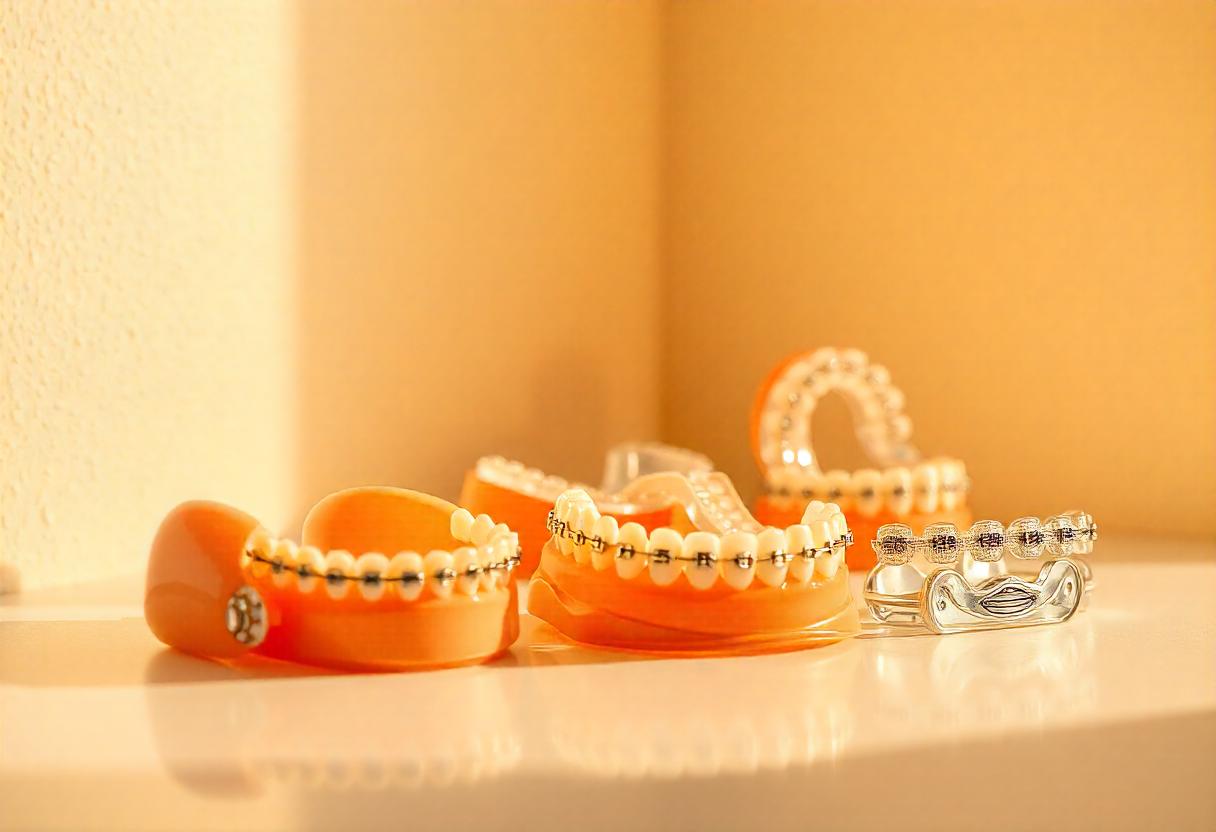Composite bonding has become a popular dental treatment for improving the appearance of teeth, offering a relatively simple way to correct issues such as discoloration, chips, and gaps. However, patients often wonder whether this procedure is reversible. This blog explores the removability of composite bonding and what the process entails, ensuring you’re fully informed about your dental treatment options.
Understanding Composite Bonding
Composite bonding involves the application of a tooth-coloured resin material to the teeth, which is then hardened with a special light. This method can enhance the look of your smile by improving the colour, shape, and spacing of your teeth. One of the key attractions of composite bonding is its minimally invasive nature, but what happens if you decide to have it removed?
The Removability of Composite Bonding
The good news is that composite bonding is indeed removable. This characteristic is one of the reasons why many choose it over more permanent options like veneers or crowns. The process of removing composite bonding involves carefully shaving off the resin material from the tooth surface without damaging the underlying enamel.
The Removal Process
- Consultation: Initially, you’ll have a consultation with your dentist to discuss why you’re considering the removal of your composite bonding and to explore the best options moving forward.
- Removal: The actual removal process is generally straightforward. A dentist uses precision tools to gently buff away the composite material, taking care not to harm the natural tooth beneath.
- Polishing: After the composite material has been removed, your teeth will be polished to restore their natural shine and smoothness.
- Further Treatment: Depending on the condition of your teeth and your aesthetic goals, further treatment may be recommended post-removal, such as reapplication of composite, teeth whitening, or other cosmetic procedures.
Factors to Consider
While composite bonding can be removed, it’s essential to approach this decision carefully. Consider the following:
- Tooth Condition: Removal should be done by a professional to ensure the health and integrity of the underlying tooth enamel are preserved.
- Cost and Time: Consider the cost and time involved in removing and potentially redoing the bonding.
- Future Plans: Discuss your long-term dental goals with your dentist to choose the most suitable treatment moving forward.
Maintaining Your Dental Health
Regardless of whether you opt to keep or remove your composite bonding, maintaining good oral hygiene practices is crucial. Regular brushing, flossing, and dental check-ups will help keep your teeth healthy and your smile bright.
Composite bonding offers a flexible and less invasive option for enhancing your smile. Its removability is a significant advantage for those who may wish to alter their dental treatment in the future. However, any decision to remove or alter your composite bonding should be made in consultation with a professional dental practitioner to ensure the best outcome for your dental health.
Considering composite bonding or looking to have your current bonding evaluated? Contact Birchgrove Dental today. Our team of experts is here to provide you with personalised advice and treatment options tailored to your unique dental needs. Let us help you achieve the smile you’ve always wanted. Contact us at Birchgrove Dental for a consultation, and take the first step towards your ideal smile.




